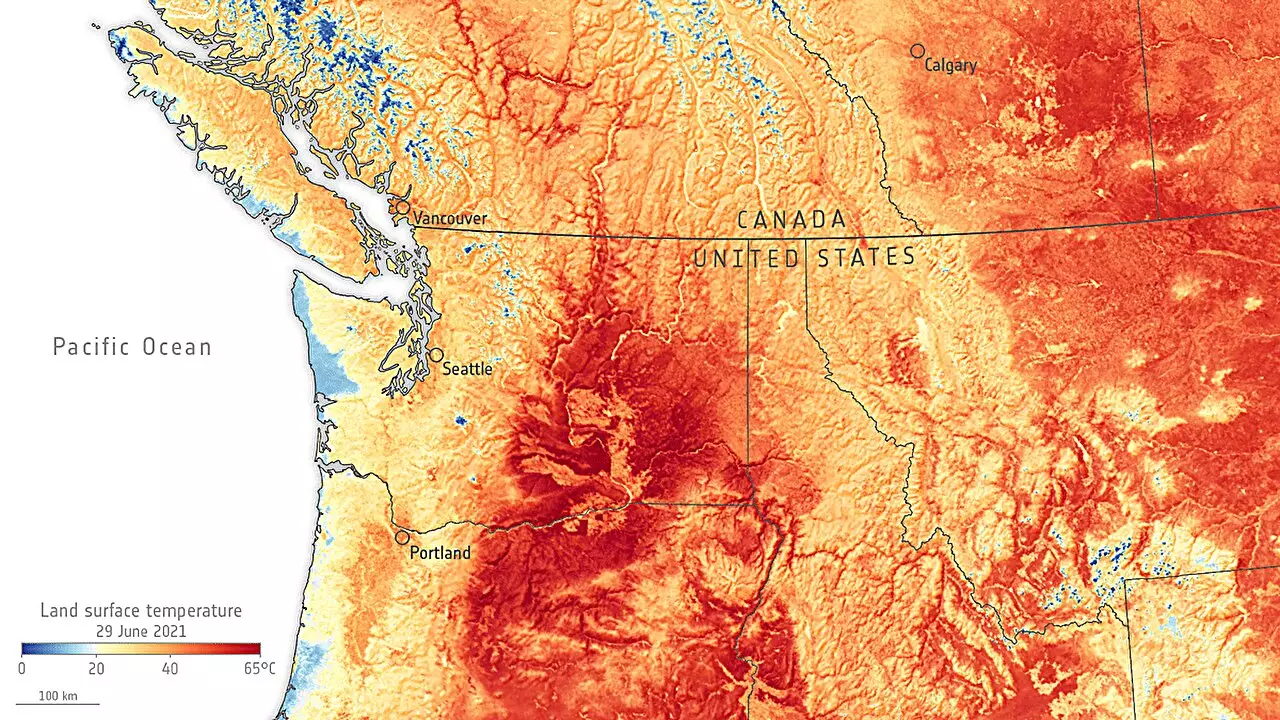Weather forecasting has long been a complex endeavor, primarily limited by the inherent unpredictability of atmospheric conditions. Traditional forecasting methods allow predictions to be made only about ten days out due to the chaotic nature of weather systems. This limitation can have severe consequences, especially during extreme weather events like the unprecedented heat wave that struck the U.S. Pacific Northwest in June 2021. This event not only wreaked havoc by melting essential infrastructure such as train power lines and damaging crops but also resulted in a tragic loss of life. The pressing need for extended forecast capabilities is becoming increasingly evident as climate phenomena grow more erratic.
Meteorologists frequently employ adjoint models to assess how variations in initial data can impact forecast accuracy. These models analyze the sensitivity of weather forecasts to minor discrepancies in parameters like temperature or humidity levels. By scrutinizing this relationship, scientists can refine their initial conditions for significantly improved forecasting outcomes. However, the use of adjoint models comes with significant limitations. They are computationally intensive, require extensive financial resources, and often only provide insights up to five days ahead. This narrow window highlights the necessity for innovative approaches that can push the boundaries of conventional forecasting methods.
Recognizing these challenges, researchers have begun exploring the potential of deep learning as a transformative tool for weather forecasting. A recent study, detailed in the journal *Geophysical Research Letters*, presents promising findings using deep learning techniques to enhance the accuracy of ten-day forecasts. The research involved utilizing the GraphCast model, developed by Google DeepMind, alongside Huawei Cloud’s Pangu-Weather model, to predict the same heat wave event. Importantly, the models were developed without incorporating data from real events to maintain objectivity in testing.
The results of this study were remarkable; the application of deep learning for discovering optimal initial conditions resulted in an astonishing 94% reduction in forecasting errors for the GraphCast model. Similar outcomes were noted with the Pangu-Weather model, reinforcing the benefits of employing advanced computational techniques for meteorology. Moreover, this innovative approach enabled accurate forecasting as far out as 23 days ahead, a significant extension beyond traditional capabilities.
The implications of these findings are substantial for various sectors, including agriculture, transportation, and emergency management. Communities could be better equipped to prepare for severe weather events, minimizing damage and loss of life. As climate change continues to escalate weather unpredictability, leveraging deep learning for improved forecasts may be one of the few viable strategies left for adapting to this new normal. Indeed, the future of weather forecasting could very well depend on the integration of cutting-edge technology with traditional meteorological science, ushering in a new era of accuracy and reliability in predicting weather patterns.

